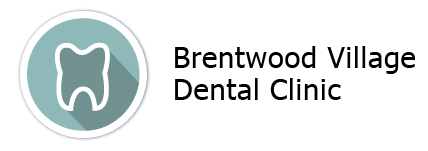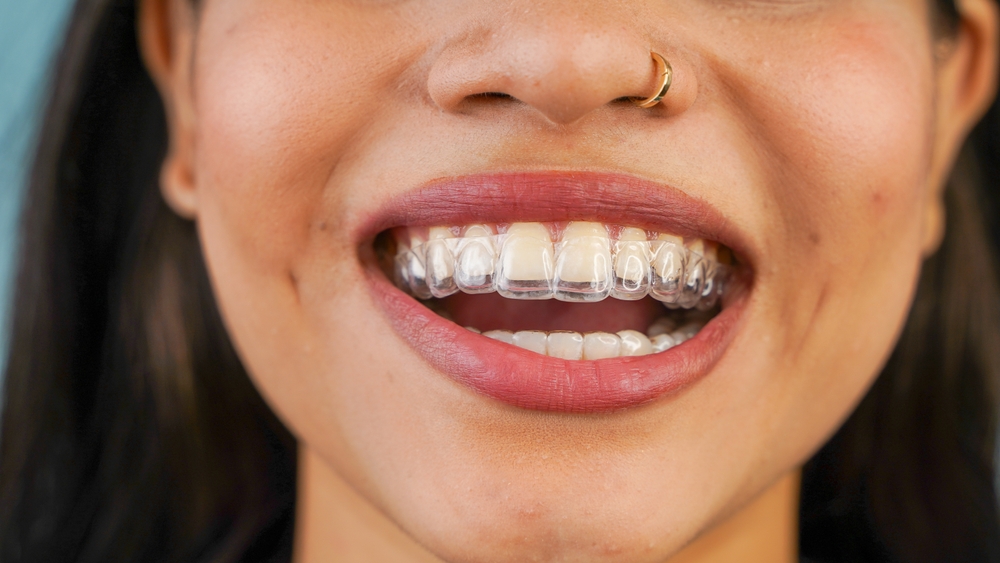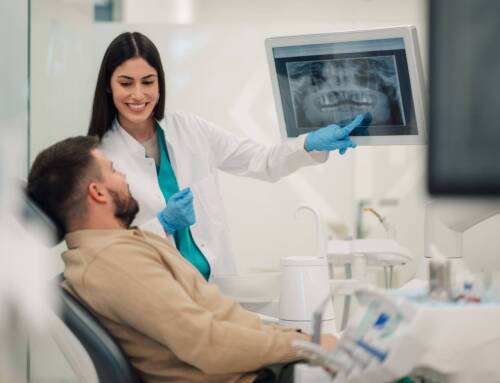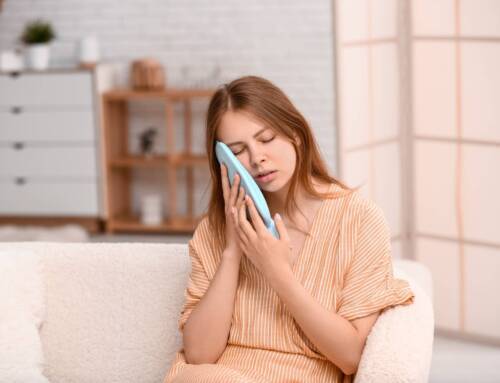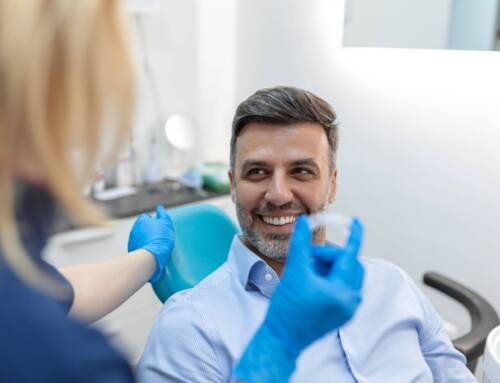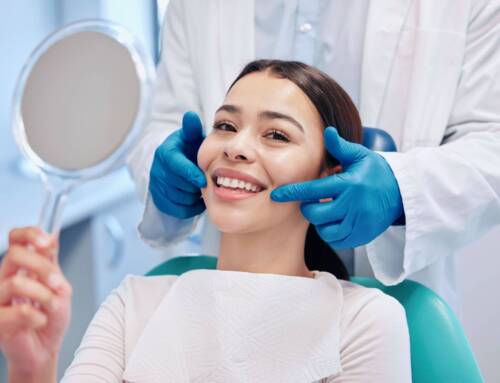Wearing a retainer is an important step in keeping your teeth straight after braces or Invisalign—but just like your teeth, your retainer needs regular care too. If not cleaned properly, it can collect bacteria, cause bad breath, and even lead to oral infections over time.
At Brentwood Village Dental Clinic, we help patients protect their smiles long after their treatment is complete. If you’re wondering how to clean dental retainers safely and effectively, here are six practical tips to keep your retainer fresh—and your smile healthy!
1. Clean Your Retainer Daily
The most important habit when it comes to cleaning dental retainers is simple: clean them every single day.
Just like your teeth, retainers collect bacteria and plaque that can lead to bad breath or oral health issues. Use a soft-bristled toothbrush (not the same one you use for your teeth) and lukewarm water to gently brush all surfaces. Avoid using toothpaste, as it can be too abrasive and may scratch the plastic.
2. Use a Gentle, Retainer-Safe Cleaner
You can use a mild dish soap or a dedicated retainer cleaner. Look for non-alcohol-based, non-abrasive solutions. Soak your retainer in a cup of warm (not hot) water mixed with a small amount of cleaner for 15–20 minutes, then rinse thoroughly.
3. Avoid Heat and Harsh Chemicals
Never use boiling water, bleach, or mouthwash to clean your retainer. Heat can warp the plastic, and harsh chemicals can damage it—and they’re not safe to put in your mouth. Stick to gentle cleaners and lukewarm water to preserve your retainer’s shape and integrity.
4. Keep Your Retainer Case Clean Too
Cleaning your retainer but ignoring the case defeats the purpose. Wipe down your case daily and wash it with soap and water at least once a week. Let it dry completely to prevent bacteria or mould growth.
5. Remove Before Eating or Drinking
Remove your retainer before eating or drinking anything other than water. This helps prevent food particles and sugar from getting trapped, which can lead to bad breath and decay. After meals, rinse your mouth before putting your retainer back in.
6. Store It Properly When Not in Use
When not wearing your retainer, always store it in a clean, dry case. Avoid wrapping it in tissue or leaving it on a counter, where it can collect germs or accidentally get thrown out. Keeping it safe also helps maintain hygiene and avoid costly replacements.
Why It Matters
Understanding how to clean dental retainers is key to maintaining your results and protecting your oral health. A dirty retainer can cause unwanted issues—and even undo the progress you’ve made with Invisalign or braces.
If you’re wearing a retainer after Invisalign, regular cleaning is an essential part of your smile care routine.
At Brentwood Village Dental Clinic, we provide expert guidance and personalized follow-up care to help you keep your smile looking its best. Whether you’re starting Invisalign or need support post-treatment, our friendly team is here for you every step of the way!
Contact us to book an appointment.

